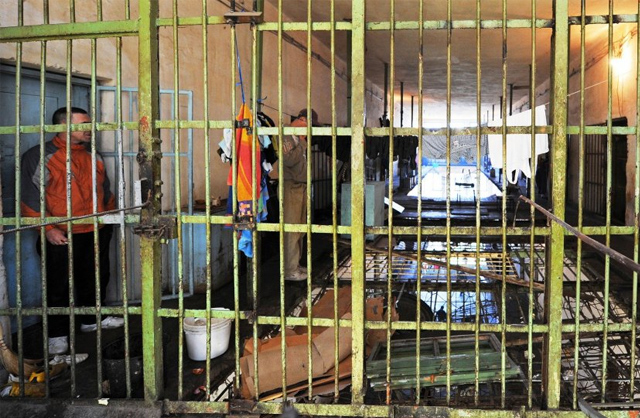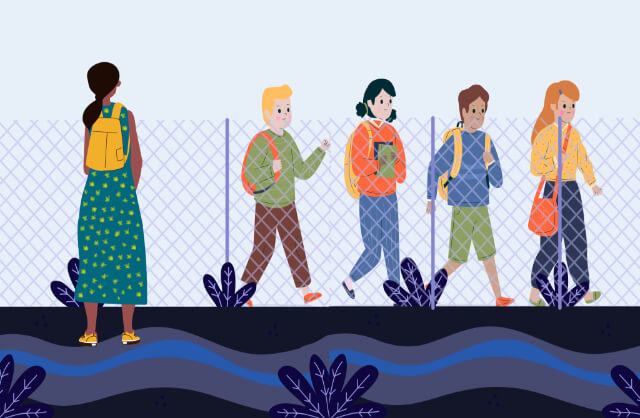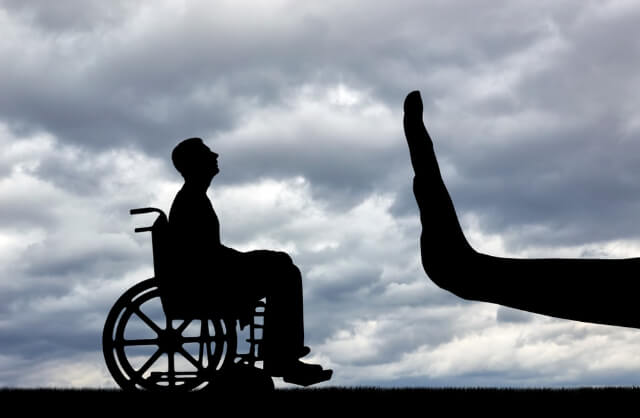Protest of convicted persons serving imprisonment sentence
May 5, 2016

With regard to today’s protest of convicted persons, we would like to inform the public about the current situation in the penitentiaries and the correctional facilities, and the living conditions in them.
As of 12 April 2016, the total number of persons confined in the country’s 13 penitentiary institutions is 3446. Out of those, 3159 are convicted persons serving a prison sentence, while 287 are detainees. The full capacity for housing prisoners is 2026, which means that the prisons are 156% overcrowded, or that on average there are 156 persons living in facilities meant for 100 persons. The most alarming conditions prevail in the Strumica penitentiary where the capacity is 62 persons, while it presently houses 150, i.e. it is 242% overcrowded. The Tetovo prison is 200% overcrowded, while Idrizovo, Shtip and Gevgelija are 170%. According to the Directorate for Execution of Sanctions, the number of convicted persons serving imprisonment sentences has increased from 2010 to 2016 by 46%.
The prisons have substandard living conditions. The overcrowdedness of the facilities threatens privacy, degrades human dignity, and results in inhumane living conditions. The supervision mechanisms are dysfunctional. The prisoners are often treated in inhuman ways, which is in breach of the absolute prohibition of torture.The Project for Reconstruction of Penitentiary and Correctional Facilities was supposed to begin in 2011, but as of today, except for the newly built Kumanovo Prison, which was not built in accordance with the standards for this type of institution,the planned reconstruction has not been completed in any other penitentiary of correctional facility. The house rules in the prisons are barely applied or not applied at all. The convicts who are reaching out to the Helsinki Committee most often complain of the inadequate health care, overcrowding, inefficient legal aid, non-application of resocialization programs, absence of educational programs, lack of hygiene, lack of activities, prohibition to spend longer than an hour in the open, limited possibilities for correspondence etc.
According to the Committee for the Prevention of Torture, some of the prison cells are infested with bugs and other insects, while the mattresses are old and damaged. This international body points out the presence of high level of corruption among the penitentiary officials and the inmates. The Committee claims that it seems as if one could purchase anything in the prison, from cellphones, drugs, conditional dismissals, and better accommodation in the prison. According to the Committee, violence is being committed by the prison officials, in the form of slaps, punches, kicks and baton blows on the body. Violence is practiced as punishment for possession of forbidden items, as a disciplinary measure, or as a measure for preventing violence among prisoners. Racist treatment of inmates belonging to the Roma ethnic community has also been noted.
The complaint system meant to provide the convicts with opportunity to contact prison wardens, the Directorate for Execution of Sanctions and courts is completely non-functional. The State Commission for Supervision of the Penitentiaries and the Correctional Facilities, envisaged in the Law on Execution of Sanctions,exists on paper only and is not operational. The supervision by judges for execution of sanctions is also nonexistent. All things considered, apart from the Ombudsman, whose indications are non-obligatory, there are no mechanisms for independent control of either the prisons or the Directorate for Execution of Sanctions. The Directorate has been constantly rejecting the NGOs and the media requests to visit the penitentiaries and talk to the convicts.
On account of all these reasons, the Helsinki Committee supports the convicted persons protest, and appeals to the institutions to accelerate the activities envisaged within the frames of the Project for Reconstruction of Penitentiary Facilities. The administrative and court supervision has to be strengthened. The Non-governmental organizations and the media has to be able to freely visit the prisons and to issue reports on the living conditions in them.


